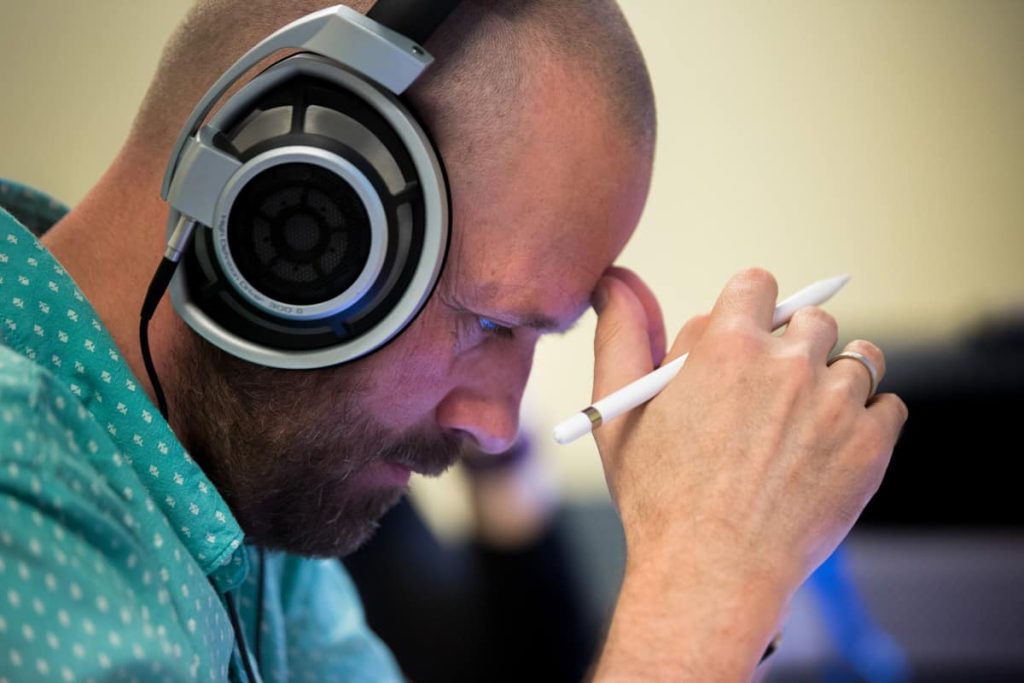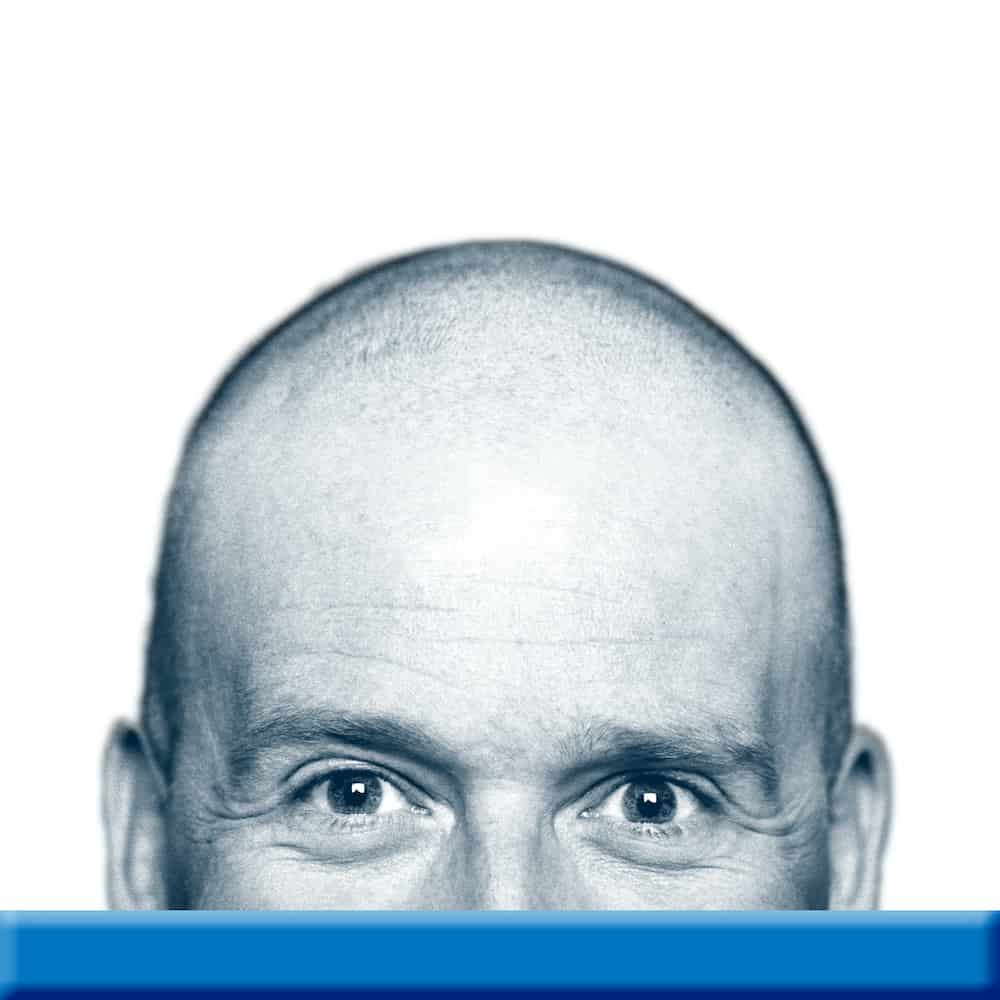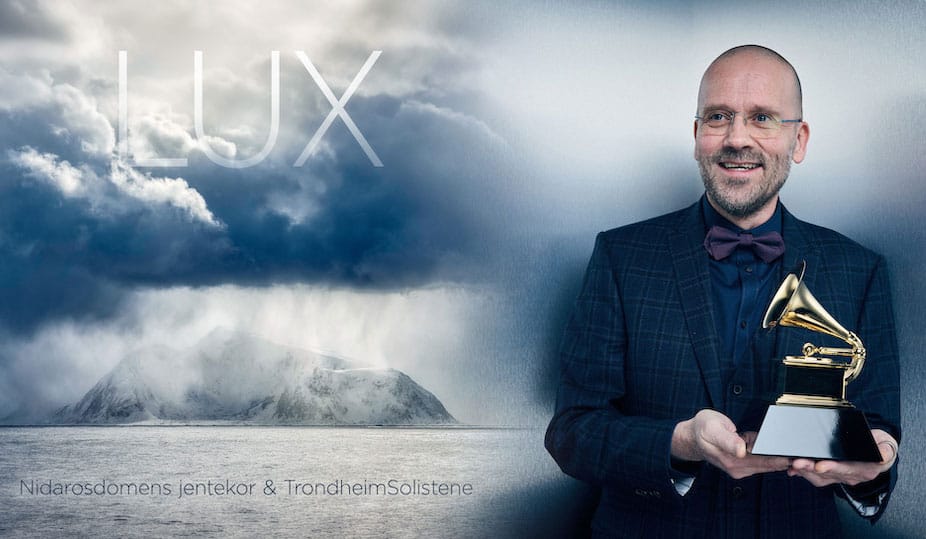Morten Lindberg is something of a legend in the immersive audio world, and we’ve written about his work more than once. Now it is time to hear directly from the recording producer and balance engineer himself, and understand the magic behind how he and his label, 2L, make their world-renowned music. We’re thankful to be able to share his first-hand perspective on how he got started, the challenges of his work, and the source of his innovations.
How did your company, 2L, get started?
We started out as a production company in the early 1990s. But as the major labels scaled back their classical music recordings we wanted to move forward. Our obvious solution was to start our own label. We currently make 10 to 15 new releases per year, all on Hybrid SACD, Pure Audio Blu-ray and distributed as HiRes files. Most productions feature Nordic artists and contemporary composers, but also the classical European tradition. I believe our sounding results make an impact because it comes from the heart and soul of everyone involved. We don’t speculate in what a commercial market might want to receive. We make what we would like to experience ourselves. That makes it personal.
What makes 2L unique?
The music captured by 2L features Norwegian composers and performers and an international repertoire reflected in the Nordic atmosphere. The immersive recordings not only transform the entire listening experience, but also - more radically - these innovative recordings overturn some very basic concepts regarding how music is composed and performed. 2L emphasize immersive audio with Pure Audio Blu-ray and HiRes file distribution, and have garnered no less than 36 American GRAMMY nominations, 28 of these in craft categories Best Engineered Album, Best Surround Sound Album and Producer of the Year. This year the album LUX won the GRAMMY for Best Immersive Audio.

Tell us about your production process.
The beauty of the recording arts is that there is no fixed formula and no blueprint. It all comes out of the music. Every project starts out by digging into the score and talking with the composer, if contemporary, and the musicians. It is not our task as producers and engineers to try to re-create a concert situation with all its commercial limitations. On the contrary; we should make the ideal out of the recording medium and create the strongest illusion, the sonic experience that emotionally moves the listener to a better place.
You notably record in large and acoustic venues; why do you choose this option over the ease of control in a recording studio?
2L records in spacious acoustic venues: large concert halls, churches and cathedrals. This is actually where we can make the most intimate recordings. The qualities we seek in large rooms are not necessarily a big reverb, but openness due to the absence of close reflecting walls. Making an ambient and beautiful recording is the way of least resistance. Searching the fine edge between direct contact and openness - that’s the real challenge! This balance is achieved by choosing the right venue for the repertoire, and by shaping the image in the placement of microphones and musicians relative to each other in that venue... Immersive Audio is a sculpture that you can literally move around and relate to spatially; surrounded by music you can move about in the aural space and choose angles, vantage points and positions.
How do you manage the challenges of venue recordings?
On venue recording sessions I find that headphones give me exactly the kind of information I need, which is what the microphone is picking up at its current position. You can do pretty much anything and have full control on headphones. I emphasize this because tradition says "you can't record or mix on headphones." Yes, you can, but you need to relate it to a speaker environment by experience. Build a sense of transfer functionality, which makes you secure on headphones. You also must have a very good mastering studio so you can make the final production sound like it did while recording on headphones. I think one aspect of quality production is to step back and just relax and actually allow yourself time to experience what is really happening. Only then can you make the right choices on how to move forward. Stop, listen to what's happening around you, reflect and then act.

What do you aim to capture with immersive audio?
There is no method available today to reproduce the exact perception of attending a live performance. That leaves us with the art of illusion when it comes to recording music. As recording engineers and producers we need to do exactly the same as any good musician: interpret the music and the composer’s intentions and adapt to the media where we perform. Immersive Audio is a completely new conception of the musical experience. Rather than reproducing a concert situation we consider the Recording Art a discipline on its own. It gives us the possibility to place the listener in an ideal position and become an actual party to the event.
You use some pretty unique equipment, what are the origins of some of your innovations?
Our "2L-cube" is only remotely inspired by Decca- or Mercury-tree. The microphone array is really a direct consequence of the speaker configuration in the Auro-3D playback system. Time of arrival, SPL and on-axis HF texture is directly preserved in this 7.1.4 microphone configuration. Proportions are cubical and the dimensions could vary from 120 cm for a large orchestral array down to 40 cm in an intimate chamber musical context. I always use omnis in the main array. But depending on the room, the music and the instruments, I alternate between the DPA 4003 and the 4041 with the larger membrane, the latter providing a more focused on-axis texture. My very first microphones was a matched pair of B&K 4003, recording straight to DAT in the early 90s. Rather than exploring a wide range of makes and models I stayed with DPA and spent my time getting to know them intimately. To maximize the potential of the DPA High Voltage concept we have a custom built power supply feeding 200V and 130V on 4- and 7-pin XLR totally transparent to the microphones.
How do you approach the editing phase?
We record at 24bit 352.8kHz and preserve this resolution all through into our distributed master files. There has been much focus on word length, but to me the sample rate is more important as impulse response connects directly to our primal sonic perception on a subconscious level. The most important aspect of post production is to not destroy the fine qualities captured at recording. Instead of EQ in post I much prefer to rather shift the angle or the distance of a microphone already in recording. It just takes planning. With a good recording I never use any EQ or dynamic processing at all. Editing is an important tool. It makes it possible to combine the highest level of energy and details into an intense performance. To do that you need to use a sonically transparent workstation. For the past decade we’ve worked with Merging Technologies on their Pyramix system.
The process of making this music is fascinating, how do you ensure that your work is enjoyed and properly experienced after production?
When preparing for distribution we target the playback situation with separate mixes. For Auro-3D or Dolby Atmos, all 7.1.4 microphones go directly to their according loudspeakers. With diminishing numbers of loudspeakers we do not sum or fold-down. We take away sources. So for 5.1 only the lower bed, without the side-fills, of microphones are active. Then it is usually only front left and right microphones playing in stereo. Possibly with a slight texture added from the rear microphones. Pure, clean and minimalistic. Our philosophy is simple; one microphone straight to one speaker. The important aspect is to configure the array so time of arrival is captured and released in natural order.

